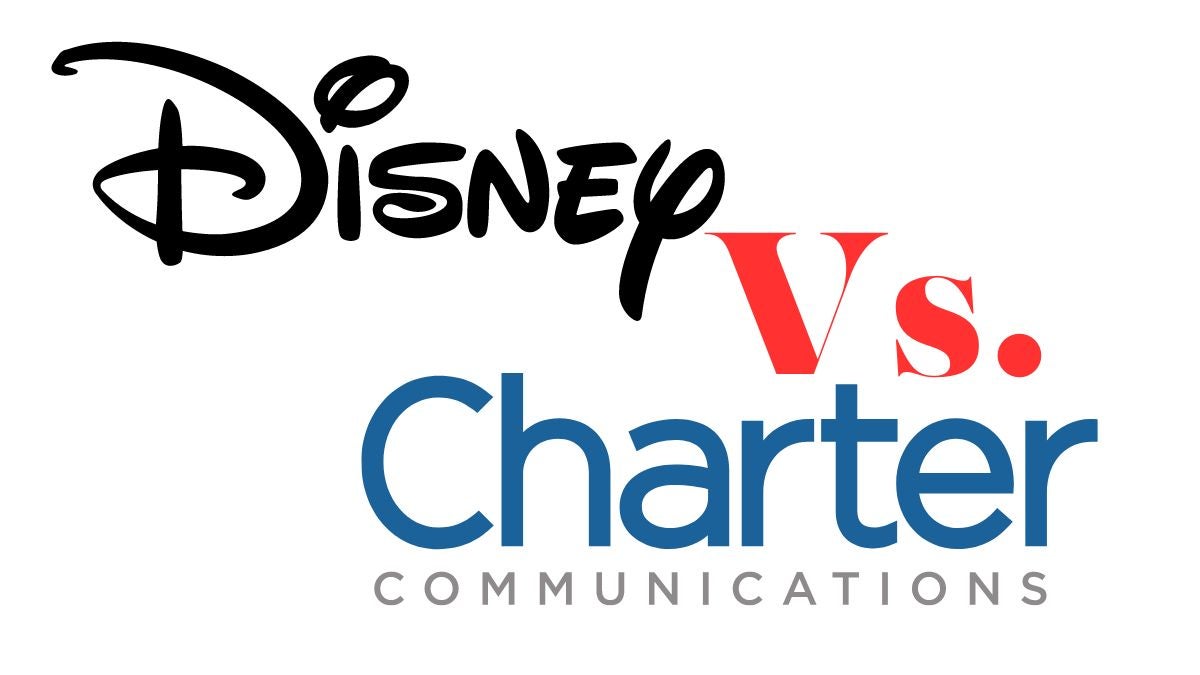Disney’s Departure: Charter Spectrum Loses Disney Channels, ESPN Amid Pricing Dispute

Disney’s Departure: Charter Spectrum Loses Disney Channels, ESPN Amid Pricing Dispute
In a seismic shift for cable TV subscribers, one of the nation’s largest cable providers, Charter Spectrum, has lost access to Disney-owned programming, including the beloved ESPN networks. The move comes as a result of an ongoing pricing dispute between the media giant and Charter Spectrum. Fans of sports and other Disney offerings are left in the lurch, as the conflict between these corporate giants escalates.
On Thursday night, Disney made the surprising decision to pull its programming from Charter Spectrum, a move that left countless viewers without access to a wide range of content. This decision came at a critical time when ESPN networks were actively covering major live sporting events such as the US Open and college football, leaving sports enthusiasts high and dry.
The core of this dispute lies in what Charter Communications, the parent company of Charter Spectrum, refers to as a “broken video ecosystem.” According to the cable provider, Disney has been unwavering in its demand for a traditional long-term deal that would come with higher rates and limited packaging flexibility. In a presentation delivered before an investor webcast, Charter Communications stated, “Disney — so far — has insisted on a traditional long-term deal with higher rates and limited packaging flexibility. Disney declined our proposal and pulled its video channels from Charter’s video customers on August 31.”

Charter’s argument is straightforward: the proposed deal from Disney would result in a significant cost increase for subscribers. Moreover, it would force subscribers to pay for channels they might not have any interest in watching. This traditional model, where channel owners and cable providers bundle channels together, has been the industry standard for decades. However, the rise of streaming services has introduced new dynamics and pressures for both parties involved.
Charter Spectrum, which claims to have 14.7 million video subscribers according to its website, is taking a stand against what it sees as an unjustifiable increase in costs that would ultimately burden its customers. The cable provider is caught between a rock and a hard place – negotiating with a media conglomerate as powerful as Disney while also striving to protect the interests of its subscribers.
Disney Entertainment, on the other hand, has a different perspective on the matter. In a statement, the company expressed that it “has successful deals in place with pay TV providers of all types and sizes across the country, and the rates and terms we are seeking in this renewal are driven by the marketplace. We’re committed to reaching a mutually agreed upon resolution with Charter and we urge them to work with us to minimize the disruption to their customers.”
At its core, this dispute highlights the evolving landscape of the entertainment industry. Streaming platforms like Netflix, Amazon Prime Video, and Disney’s own Disney+ have reshaped how audiences consume content. The traditional cable TV model is under increasing pressure as more consumers cut the cord in favor of these streaming alternatives.

For Disney, securing favorable terms with cable providers is crucial to maintaining its revenue streams, especially for its sports programming on ESPN. However, cable providers like Charter Spectrum are faced with the challenge of balancing the demands of media conglomerates with the preferences and financial constraints of their subscribers.
The timing of this dispute is particularly unfortunate for sports enthusiasts. ESPN, a flagship channel for Disney, holds the broadcasting rights to many popular sporting events, including the US Open and college football. As a result, fans who rely on Charter Spectrum for their TV services found themselves unable to access these live events. This situation underscores the broader impact of such disputes on everyday consumers who simply want access to the content they enjoy.
In the past, such conflicts between cable providers and content owners have occasionally resulted in brief blackouts or service interruptions. While these disputes often get resolved behind closed doors, they do have real-world consequences for subscribers. Viewers can find themselves caught in the crossfire, with no access to their favorite shows and events until an agreement is reached.
As this dispute continues to unfold, subscribers are left to wonder when and how a resolution will be reached. Will Charter Spectrum and Disney find common ground that allows their programming to return to the screens of millions of viewers, or will the standoff persist, pushing even more viewers to explore alternative entertainment options?
In the grand scheme of the entertainment industry’s transformation, this conflict serves as a stark reminder of the changing dynamics between cable providers and content creators. As streaming services continue to gain traction, traditional cable TV providers are faced with the challenge of adapting to new consumer preferences while ensuring that they can continue to offer a diverse range of content.
For now, Charter Spectrum subscribers must navigate a world without Disney-owned programming, including the popular ESPN networks. The outcome of this dispute remains uncertain, leaving viewers and industry analysts alike eagerly awaiting news of a resolution that will bring back the magic of Disney to their screens. In the meantime, this situation serves as a powerful reminder of the complex negotiations and evolving landscape of the entertainment industry, where the battle for viewership and control over content distribution rages on.




